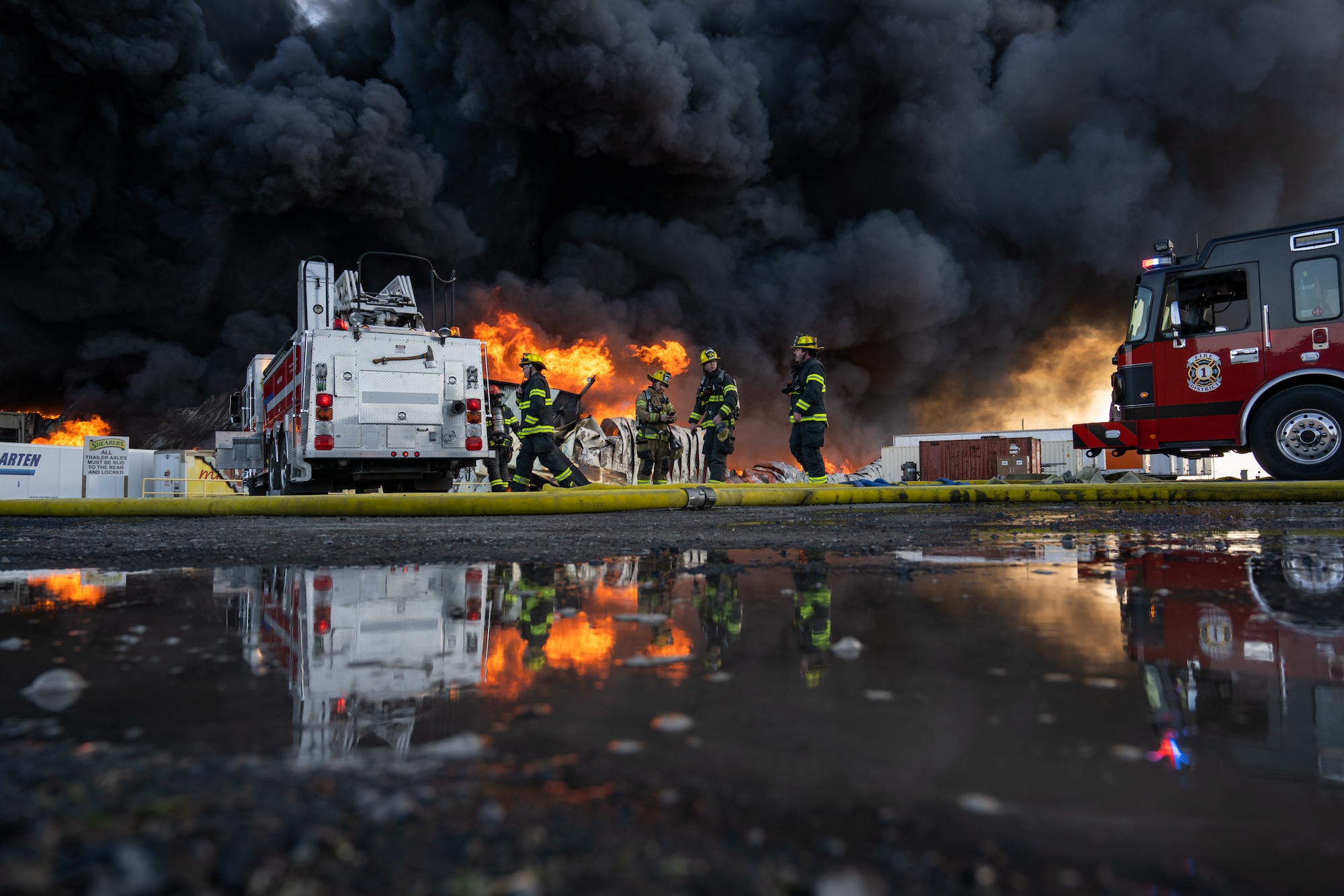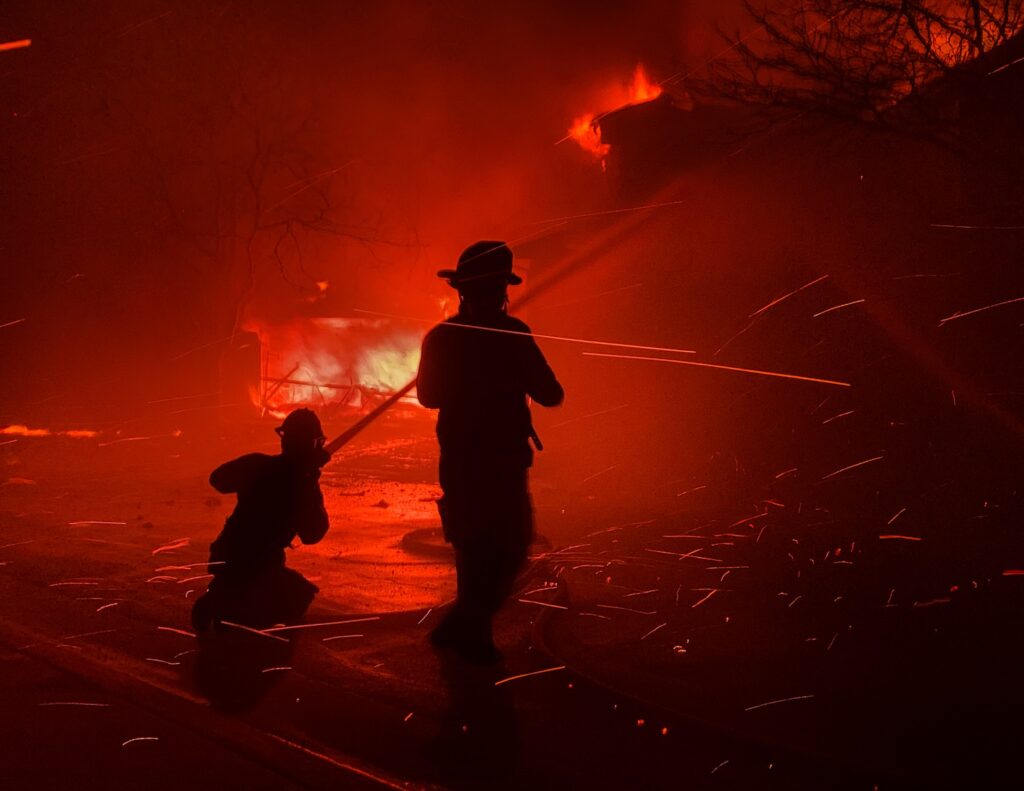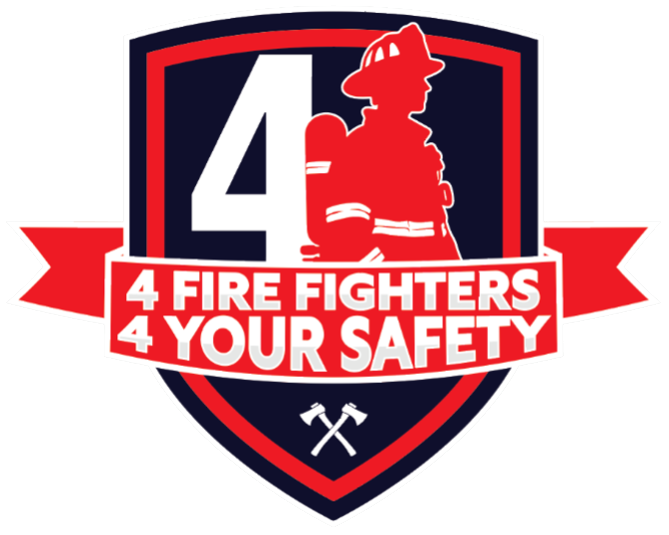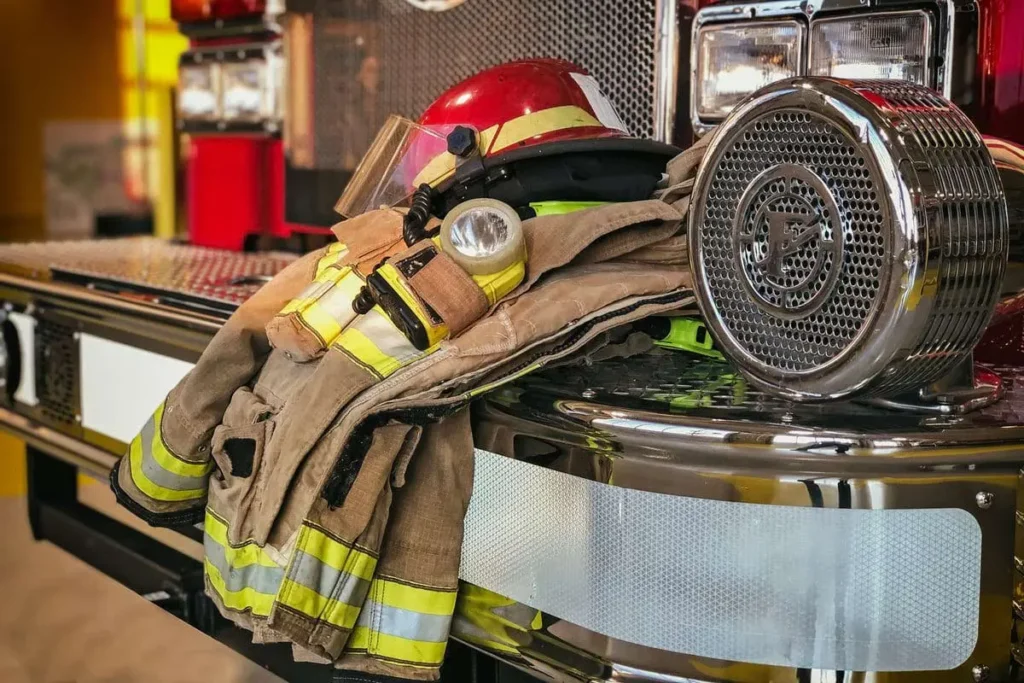
In an emergency, every Second counts.
And so does every fire fighter.
Every year, fire fighters in Atlantic Canada are asked to do more. But as call volumes rise, the number of fire fighters on staff continues to decrease – putting lives and public safety at risk.
Proper emergency response starts by ensuring every fire engine and truck has 4 fire fighters – the internationally recognized standard for firefighting. Many fire departments across Atlantic Canada currently have only 2 or 3 fire fighters per apparatus. Some departments are even sending fire fighters on calls by themselves, threatening the safety of both the fire fighter and the community at large.
The Atlantic Provinces Professional Fire Fighters Association (APPFFA) urges the Atlantic Provinces and municipalities to ensure that when Canadians call for help, 4 fire fighters are on duty and ready to assist them.
Understaffed fire departments threaten public safety
In an emergency, every second counts. The smallest delays can mean the difference between life and death.
This is especially true when it comes to structure fires, whether in single-family homes or high-rise buildings. Studies have repeatedly shown that fully staffed fire departments have a substantial impact on fire fighters’ ability to do their jobs, provide higher-quality emergency services and protect more lives and more property.
Not only does proper staffing improve public safety, but it keeps fire fighters safe as well.

4 FIRE FIGHTERS 4 YOUR SAFETY
The best way to guarantee residents of Atlantic Canada receive the best emergency services possible is to ensure every emergency is met with 4 fire fighters on duty and ready to respond. 4 Fire Fighters 4 Your Safety means:
Faster Response, Safer Outcomes
4 fire fighters can immediately begin coordinated operations, minimizing delays in rescues and fire suppression
Compliance with NFPA 1710
Ensures departments meet internationally recognized minimum standards for fireground efficiency and crew safety.
Reduced Risk to Fire Fighters
Full staffing means safer working conditions, reducing fire fighters’ risk of fatigue, injuries, exposure to harmful toxins and carcinogens and death.
Better Protection for the Public
From structure fires to vehicle accidents, more hands on the scene means faster response and better health outcomes during emergencies.
Stronger, Safer Communities
Properly staffed fire departments are critical to a strong, reliable emergency response system.
Why the NFPA 1710 Standard?
The National Fire Protection Association (NFPA) is an international, non-profit organization formed with the stated goal of “eliminating death, injury, property and economic loss due to fire, electrical and related hazards”. NFPA 1710 is a standard that recommends minimum requirements for fire departments to make sure emergency response is safe and efficient.
1710s key staffing recommendations include:
- A minimum of 4 fire fighters per engine/truck company
- Rapid, coordinated deployment within set response time goals
- Safe, effective operations for all-hazard emergencies
The NFPA recommends these standards based on years of data and research compiled by their organization, and through close partnerships with leaders in the fire service from across the globe.

FAQs
What happens if fewer than 4 fire fighters are on a truck?
Fighting fires isn’t a job for one person. Understaffed companies may have to wait for backup before entering a structure, delaying rescue and suppression efforts. It also increases the risk of injury or death to fire fighters due to inadequate manpower.
Why does a company need 4 fire fighters?
NFPA 1710 recommends 4 fire fighters per company to ensure the safety of both those calling for help and the fire fighters on the fireground. 1710 guidelines also suggest departments utilize the “2-in, 2-out” policy during high-risk, or “Dangerous to Life or Health” environments, like structure fires, meaning 2 fire fighters enter the structure while 2 fire fighters assist from outside. This reduces the chance of fire fighters becoming trapped during fires or other emergencies.
Won’t increasing staffing cost the government and taxpayers more?
Adding more fire fighters is an investment in public safety. When fire departments don’t have enough staff, it can lead to more injuries, deaths and property damage. Having at least 4 fire fighters at the scene is the safest and most effective way to handle emergencies and prevent bigger losses.
Does the research suggest 4-person fire crews are more effective?
Yes. For example, a study by the National Institute of Standards and Technology (NIST) demonstrated that 4-person crews completed essential tasks 30% faster than 3-person crews and with significantly less risk.

